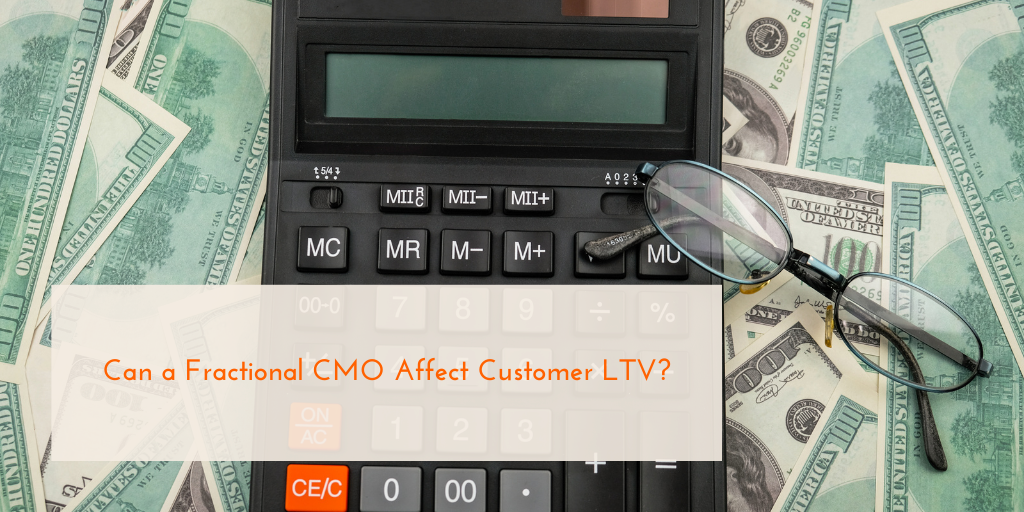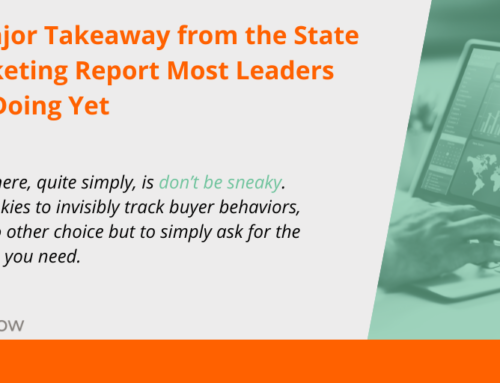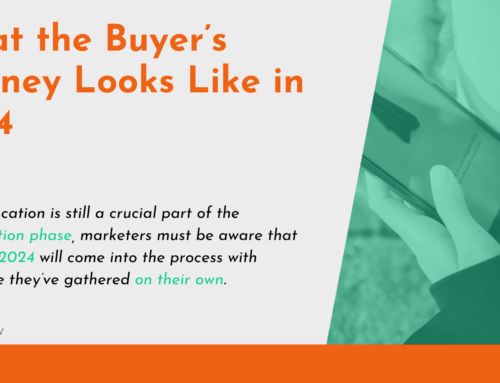
On the surface, a Fractional CMO and customer LTV may appear to have little to do with each other. After all, by most definitions, a Fractional CMO is temporary—often in place for a period of a few months to two years. The Lifetime Value of a customer, however is, well, defined over the course of several years. In many cases, “lifetime” means exactly that—the lifetime of the customer or the company in question.
If this is the case, is it even possible for a Fractional CMO to have any effect on the LTV of your customers?
In short, absolutely.
The key is to work with Fractional CMOs that not only know the benefit of understanding their brand’s average customer LTV, but also how to use that information to develop marketing strategies that will increase LTV numbers. Let’s consider what this might look like for your company.
Understanding the LTV Calculation
Essentially, every business has their own way of calculating and tracking customer LTV. Of course, this is because every company sells different things, which customers may need or want at a different rate of speed. In general, these are the steps to determine customer LTV.
- Determine purchase value: Divide the company’s total revenue per year by the number of purchases in that year
- Determine purchase frequency rate: Divide the number of purchases by the number of unique customers each year
- Determine customer value: Multiply the average purchase value by the average purchase frequency
- Determine customer lifespan: Average the number of years a customer buys from your business
- Determine LTV: Multiply customer value by the customer lifespan
Obviously, businesses that sell large, expensive items will see smaller purchase frequency, which affects their LTV calculations when compared to, say, a brand that sells smaller, often-used items that will be purchased regularly. Consider how many times a car is purchased versus how often you might purchase coffee filters.
For this reason, comparing your company’s LTV to any other is fruitless, even a competitor who sells similar products. Your best bet is to always compete with your past performance and work to improve.
What LTV Is Used For
Determining the average LTV for your customers is crucial to making investment choices for various aspects of your business. With an accurate figure, your brand can make segmenting decisions to ensure your advertising and marketing is targeting the ideal audience. Otherwise, you could waste marketing dollars.
This is one big reason a Fractional CMO can definitively affect LTV. With the necessary information, even a part-time marketing executive can develop strategies that focus on the psychographics of your customers rather than generalized demographics.
In fact, the more specialized your brand and products, the more important segmenting may be. For instance, B2B brands must understand buyer motivations on a more granular level than, say, a CPG brand that has a wide and varied customer base. Consider Coca-Cola or Gillette as examples, as opposed to Adobe creative software.
Data a Fractional CMO Needs to Move LTV
In order for a Fractional CMO to help boost the average customer LTV, they’ll need a lot of data. The most important information they’ll need includes customer churn, customer purchase history, customer satisfaction, and customer loyalty.
With this information, a Fractional CMO can either continue to support the company’s value proposition or suggest improvements in order to meet the needs of the customer. Relaying that value proposition requires the distribution of relevant marketing content to the people who are most likely to make purchases from your brand. And, as previously discussed, reaching those relevant buyers requires the ability to segment and target according to your customer LTV data.
Focus on Retention
The bottom line is this: in order to move the needle on the average customer LTV, your whole company must turn more attention to retention. We’ve said it before: the best marketing has customer service at its core.
Listening to buyers—whether they leave reviews, mention your brand on social media, or reach out through more direct lines of communication with phone calls and emails—is key to ensuring those buyers return for future purchases.
Fractional CMO as Part of the Team
For your Fractional CMO—or full-time CMO, for that matter—to have any effect on your customers’ LTV, they must be part of the leadership team. This is because the lifetime value of each customer goes well beyond the marketing department. CEOs, sales departments, revenue officers, and CFOs all use LTV information to drive decisions, which means the CMO must be there to help determine strategy.
Because the LTV is essentially a prediction of the revenue over a set period of time, the information you’re working with is only as good as the relationships you have with your customers. LTV is about making customers so happy that they’re excited to shop with your brand again. As you might expect—correctly, so—marketing has a large effect on the perceived relationships your buyers have with your brand.
However, it’s not just up to the marketing department, and therefore the CMO, to maintain or increase customer LTV. It takes everyone, from the top down, to commit to improving the overall customer experience. The CMO, and especially a Fractional CMO, can’t do it without the support of the team.
If you’re looking for a Fractional CMO to help you develop strategies that can increase your customer LTV rather than just filling a seat at the table while you find your full-time CMO, reach out. We’re here for you.





